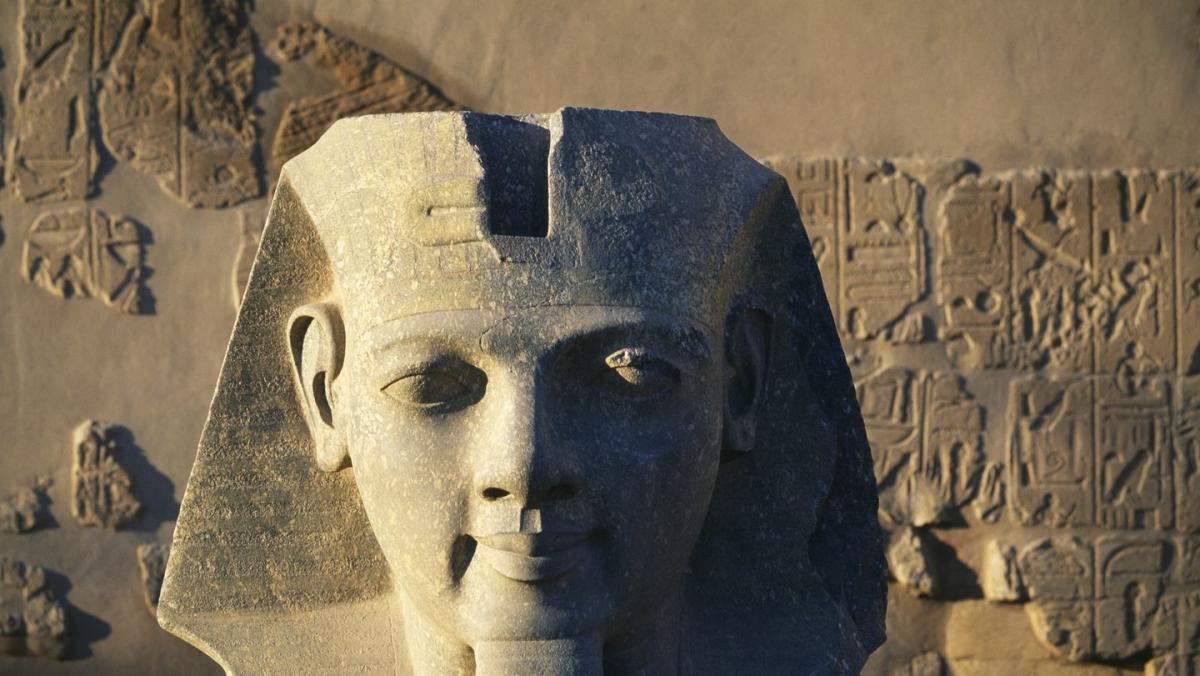
-
In 1930, German archaeologists disclosed the lower half of a large statue and estimated it, which appeared to have initially rose about 23 feet.
-
Now, US and Egyptian archaeologists have announced the discovery of the top half, which has been lost for a long time, with thanks in a clean situation.
-
A proposal has already been offered to merge the lower half, and the discoverers have confidence in approval.
About 96 years ago, German archaeologists Gunter Roder opened the lower half of what would be a large sculpture of the second 23-foot-fed 23-foot—one of the most famous pharaohs across the 31 cells of ancient Egyptian history. Roder found the 150-mile sculpture of 150 miles south of Cairo in Minya province, near the Modern city of El Ashmuni. In ancient times, this area was known as a tent throughout the Nile. He worked as the capital of the Old Kingdom of Egypt (2649-2130 BC), then called Magna’s Hermopolis when the Romans ruled the Mediterranean.
Many of the famous past treasuries in the region were well-known, who were buried in the desert around him, while the discovery of Roder proved that the rest of the huge sculpture he had discovered had disappeared.
In March 2024, Egyptian archaeologists, in collaboration with US experts, announced that after 96 years, they finally discovered the upper half of the Roader law. Speaking to Reuters, experts from the Egyptian Ministry of Tourism and Veterans said the top half was up to about 12.5 feet, and they described the second Rames, who was wearing a headscarf and was above a royal cobra.
But the discovery of the ancient statue – and excellent protection – was far away from the first time the statue was first discovered in January
Yvona Turnka, Assistant Professor of Classic Assistant at the University of Colorado Bolder and the team’s co-leader, said in a press conference that Yvona Turnka-Amrhin, Assistant Professor of Classic Classic Professors at the University of Colorado Bolder and co-chairman of the team’s co-chairman. “Sometimes, lunar stones have been disclosed, which is basically just sand or lemon spoiled.
Fortunately, after further digging, the team confirmed that the sculpture was properly protected and contains another amazing discovery—canches can be found blue and yellow on the surface. Hopefully, further analysis of this color will help researchers understand the framework of the sculpture, as well as original appearance.
“We knew it might be there, but we didn’t look for it in particular,” Turnka-Amrhin told a statement. “It was reliable that the rest of the statue may be there, but it was a complete surprise.
Thank God, Hunch proved that it is true, and the Egyptian couple Basem Gehad has already offered a proposal to merge the two pieces together in Long Last (the lower half of Roder still stays in place at El Ashmunein). Trnka-amrhein expects to be approved.
you may like it